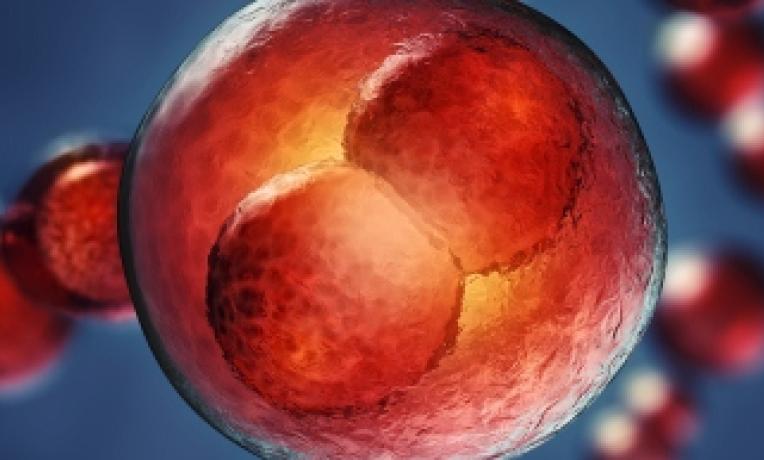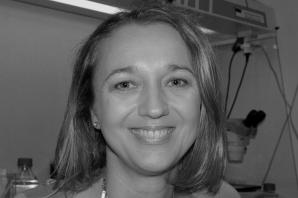Towards better reproductive technologies and safer pregnancies
Assisted Reproductive Technology (ART) is increasingly used to help women become pregnant. The most common technique is in vitro fertilisation, i.e. the transfer of fertilised human eggs into a woman's uterus. However, ART can imply risks for the embryo during the pregnancy or even later in life. With a grant of the European Research Council (ERC), Polish researcher Dr Grazyna Ewa Ptak has analysed sheeps embryos. With her team at the University of Teramo, she has discovered the precise timing and nature of placental disorders consequent to ART. Her findings can greatly improve reproductive technologies and lead to safer pregnancies for both women and animals.

Dr Ptak used the sheep as an animal model for her project ANGIOPLACE. "Its placenta is similar in function and vasculature to that of humans. The relative maturity and weight of the foetus at birth also make the sheep a good model for human research", she comments. All ART embryos were produced in vitro, using egg cells (oocytes) collected post mortem, from animals obtained from commercial slaughter houses. "Being based at Teramo is an advantage as there are very good animal facilities here", the researcher explains.
With her team, Dr Ptak analysed over 200 embryo models at crucial phases of placental development, when a vascular network develops (angiogenesis), allowing the pregnancy to progress. "ANGIOPLACE is the largest study of early pregnancy so far conducted in large animal model", she says. The team observed that embryo models growth was stopped at the stage of 38 somites, which corresponds to 30 days of human pregnancy. This arrest is consequent to a defective placental vascularization. "The inability of the embryo to obtain maternal resources provokes its growth arrest", explains Dr Ptak. The team also identified the specific gene (DNMT1) at the origin of the vascularization failure.
Treatment possibilities
The research results allow to identify approaches which will help to prevent, or in other cases, to decrease the development of placental disorders. Therapeutic strategies may be applied to the mother before the pregnancy via an appropriate diet or pharmacology. "Studies are on-going and they are very promising. We still use samples of embryonic models that have been stored during the ERC project ANGIOPLACE. The production process was particularly innovative and successful, samples are also at the disposal of other research groups upon request ", explains Dr Ptak. "ANGIOPLACE contributed to establish European research as a world leader in the field of biomedical embryology", says Dr Ptak.
Her team is part of important international projects and collaborations. Current research focus on the evaluation of brain and heart development in ART models. "We notably investigate into a possible relation between ART and autistic disorders later in life", she adds. Dr Ptak has also led remarkable studies on diapause in mammals. Her research results suggest that early embryos of all mammalian species might be able to pause their development, continuing their growth only when conditions in the uterus are just right.
A boost for independence
"The ERC Starting grant was a great opportunity to become an independent researcher. It is very prestigious in the scientific community", explains Dr Ptak. "As a woman working in Italy, I have to say it was crucial", she adds. She confesses that gender differences in the workplace can represent an important issue in southern Europe.
"I really encourage diversity and mobility in my lab", says Dr Ptak, who has a strong international profile. She is particularly proud that her young collaborators can blossom and develop their individual specialties within her group. In such a stimulating atmosphere, next ground-breaking results can be expected soon.


